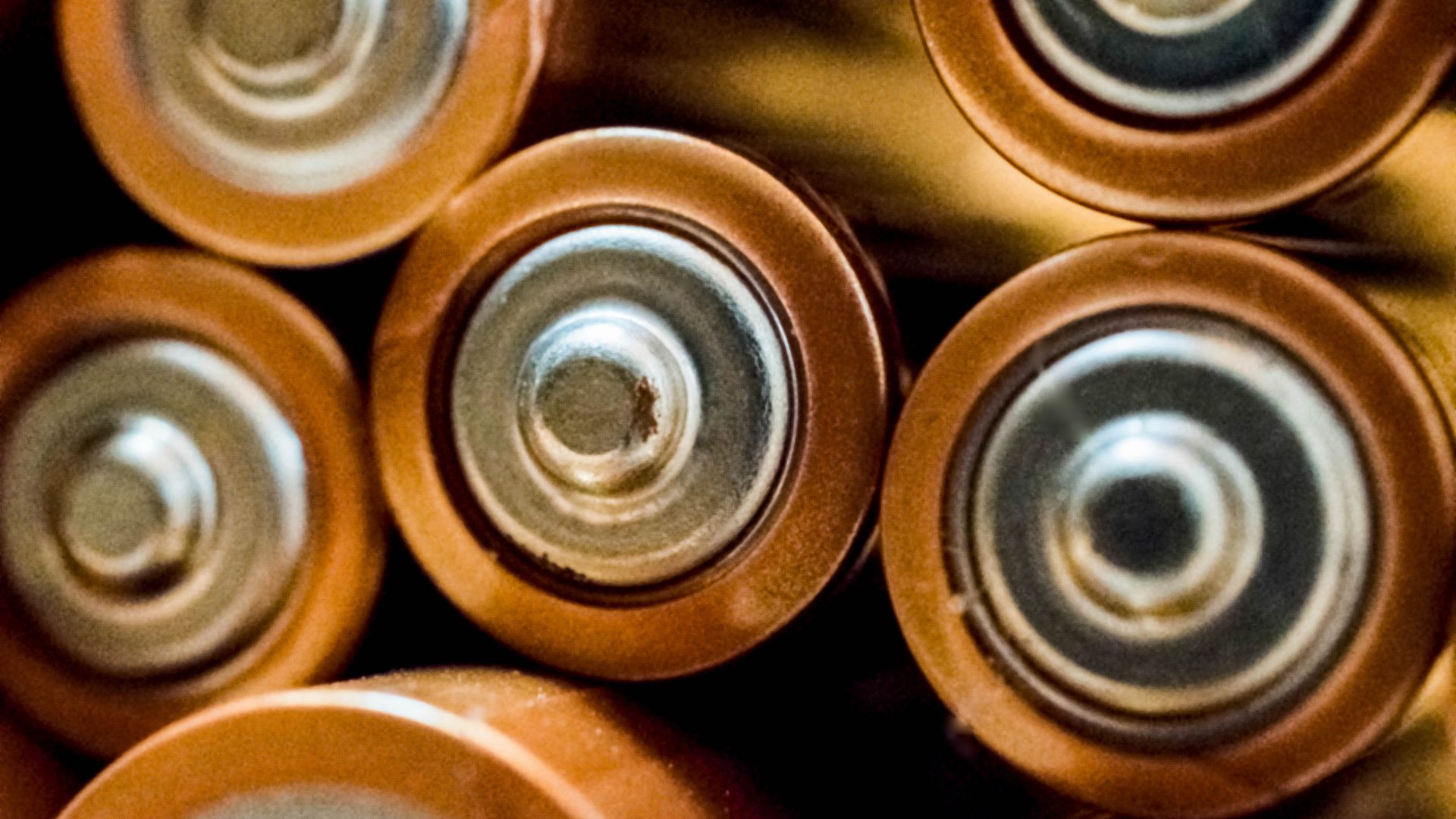
batteries
Building Capacity for Batteries “Made in Europe” – Investment, Innovation and skills
The global race to electro-mobility is on, and Europe is trying to take the lead on battery cell production for vehicles.
So far, the majority of European car manufacturers have been outsourcing cell production to Asia. This practice is no longer economically sustainable considering the increasing demand for battery cells in Europe and the crucial role of the battery industry in decarbonising the automotive sector.
As one of the critical priorities in the EU’s industrial policy, batteries have been at the top of the political agenda since 2017. The Commission has identified filling gaps in the battery value chain as necessary for the EU industry to remain competitive.
After the wake-up call in 2017, the European Battery Alliance was set up to boost investments and spur battery manufacturing projects. In 2018, the Strategic Action Plan for Batteries had set the path towards a European leadership in this sector.
The global race to electro-mobility is on, and Europe is trying to take the lead on battery cell production for vehicles.
bridging the investment gap
To meet the rising demand in batteries, investments have been increasing substantially to boost the production capacity and improve the sourcing in critical components such as raw materials. New battery cell manufacturing plants will be springing across Europe by 2025: Northvolt, CATL, Tesla, BYD, LG Chem, BASF are among the companies that have announced they would join the move (map).
The industry commitment to boost battery cell production looks promising. Nevertheless, the lack of a level playing field and the magnitude of funding required to set up battery plants are still hampering investments. A good example is TerraE , a consortium created to build a large-scale lithium-ion battery manufacturing site in Germany by 2019. Recently, the plan was delayed because investors were not ready to step up to the plate and make the necessary investments. To tackle the impasse, BMZ Group has taken over the majority of TerraE shares and fund the construction of the plant by 2020. The objective remains to run at full capacity by 2028.
European governments have got the message regarding funding. They have promptly developed plans to support the industry. Poland granted EUR 36 million in investment aid to LG Chem to build a battery plant in the Dolnoślaskie region. In 2018, several Member States committed to developing a strategic plan to boost public investment in industrial projects.
On 19 February 2019, a Franco-German Manifesto called for enabling intergovernmental initiatives to catalyse investments on batteries, through the Important Project of Common European Interest (IPCEI) tool. More specifically, it argued that public investment in battery production projects that involved companies from at least two Member States should benefit from state aid rules exemptions. Under this framework, Germany has launched a EUR 1 billion subsidy package for battery production, and France has announced it would invest EUR 700 million over the next five years.
The industry commitment to boost battery cell production looks promising. Nevertheless, the lack of a level playing field and the magnitude of funding required to set up battery plants are still hampering investments.
boosting efforts for research and skills
Another critical issue is to foster research and build up the skills required to strengthen the competitiveness of the industry.
First, the European Technology Innovation Platform (ETIP) for batteries was launched and is taking over from the Strategic Energy Technology Plan (SET-Plan). In few words, the new ETIP will be the Battery Alliance’s Research and Investment Platform, which will be jointly led by manufacturers, researchers and Member State representatives. In February 2019, in that context, the Commission launched a EUR 1-million project led by InnoEnergy to boost technological innovation.
Second, under Horizon 2020, several battery-dedicated calls for proposals have been launched since January with a total budget of EUR 114 million. They focus on hybridisation (batteries for hybrid cars) and next-generation batteries with stationary energy storage. These batteries have no liquid electrolyte. As such, they are safer. They also have bigger storage capacity and shorter charging times. More funding will be available in 2020 when new calls target battery packs for BEV (Battery Electric Vehicle) and HEV (Hybrid Electric Vehicle).
To address the shortage of skilled workers in batteries, the Commission has also launched a targeted Erasmus+ sector skills alliance dedicated to batteries for vehicles (electro-mobility) has been created.
2019: regulatory challenges ahead
2019 is also going to be a crucial year at the political level. In the spring, the Commission will release its 4th State of the Energy Union Report, that will review progress with the Strategic Action Plan for Batteries. We will monitor the regulatory developments in our next blog post. So, stay tuned!

